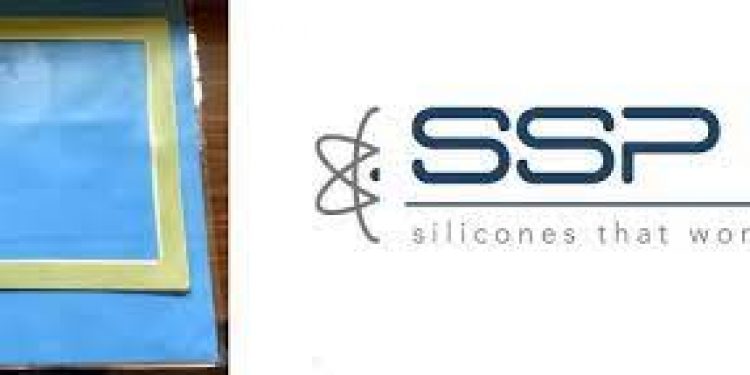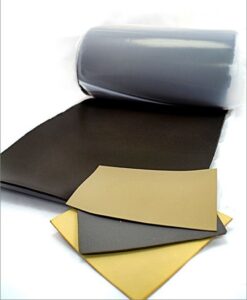SSP’s molded EMI frame gaskets white paper explains the advantages of this type of EMI shielding.
Specialty Silicone Products (SSP) is announcing the release of a new white paper that explains how molded frame gaskets for EMI shielding can reduce costs, increase material yields, and support low-volume production. Engineers, technical buyers, and sourcing managers who need frame-shaped EMI gaskets are invited to contact SSP or email Dominic Testo for this cost-saving white paper.
SSP makes conductive elastomers, including mold-able EMI silicones. The Ballston Spa, New York (USA) company also operates an in-house machine shop and molds EMI gaskets in various quantities – including low volumes. Because shielding silicones are significantly more expensive than commodity rubber, SSP’s molded gaskets can provide a significant cost savings.
Conductive Elastomers and Material Costs
SSP’s conductive elastomers use silicone or fluorosilicone as the base material and are filled with nickel-coated or silver-coated particles. They provide environmental sealing, electrical conductivity, and resistance to electromagnetic interference (EMI). SSP supplies these materials as sheets, rolls, ready-to-mold compounds, extruded profiles, and O-rings.
With frame gaskets, molding minimizes material waste, maximizes material yields, and reduces the risk that’s associated with bonding cut lengths. Fabrication processes like die cutting are efficient, but the cut-out section of a frame gasket can represent significant material waste. As SSP’s white paper explains, cutting a standard sheet to create a frame gasket can result in 60% waste.
Molded EMI Frame Gaskets vs. Cutting and Bonding
Engineers who choose molded EMI frame gaskets also like how SSP can mold an entire part instead of cutting and then bonding strips or extrusions. Using a single, molded part improves performance and reduces the risk of leaking that’s associated with the corners of bonded gaskets. There are several ways to bond cut lengths of conductive elastomers, but there are disadvantages to these methods.
For example, cold bonding uses glues that won’t withstand the same temperatures as the conductive elastomers. These bonds can also break during installation, allowing environmental and EMI leakage. Room-temperature vulcanizing (RTV) silicones can withstand higher temperatures, but most aren’t conductive. As SSP’s white paper explains, there are issues with conductive RTVs, too.
Get the White Paper
Do you need frame gaskets for EMI shielding? Learn more about how molding reduces costs, increases yields, and supports low-volume production. To get the white paper, contact SSP or email Dominic Testo.





